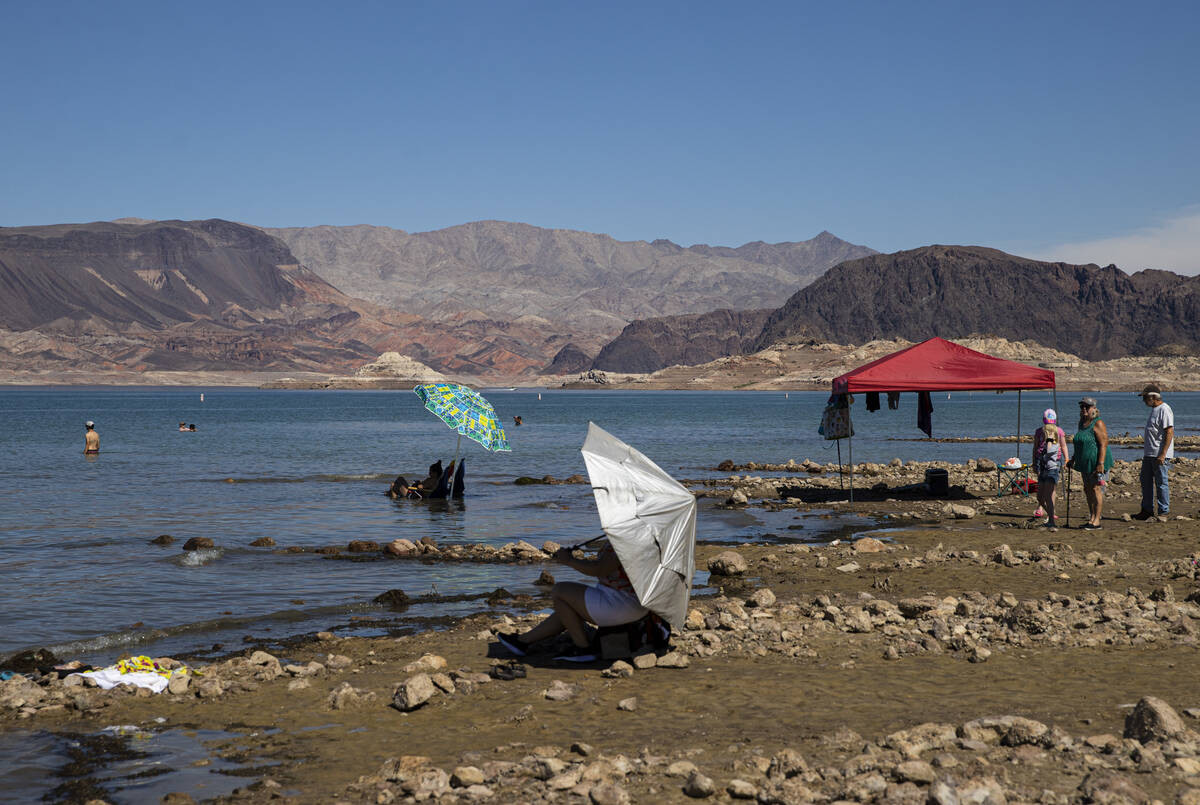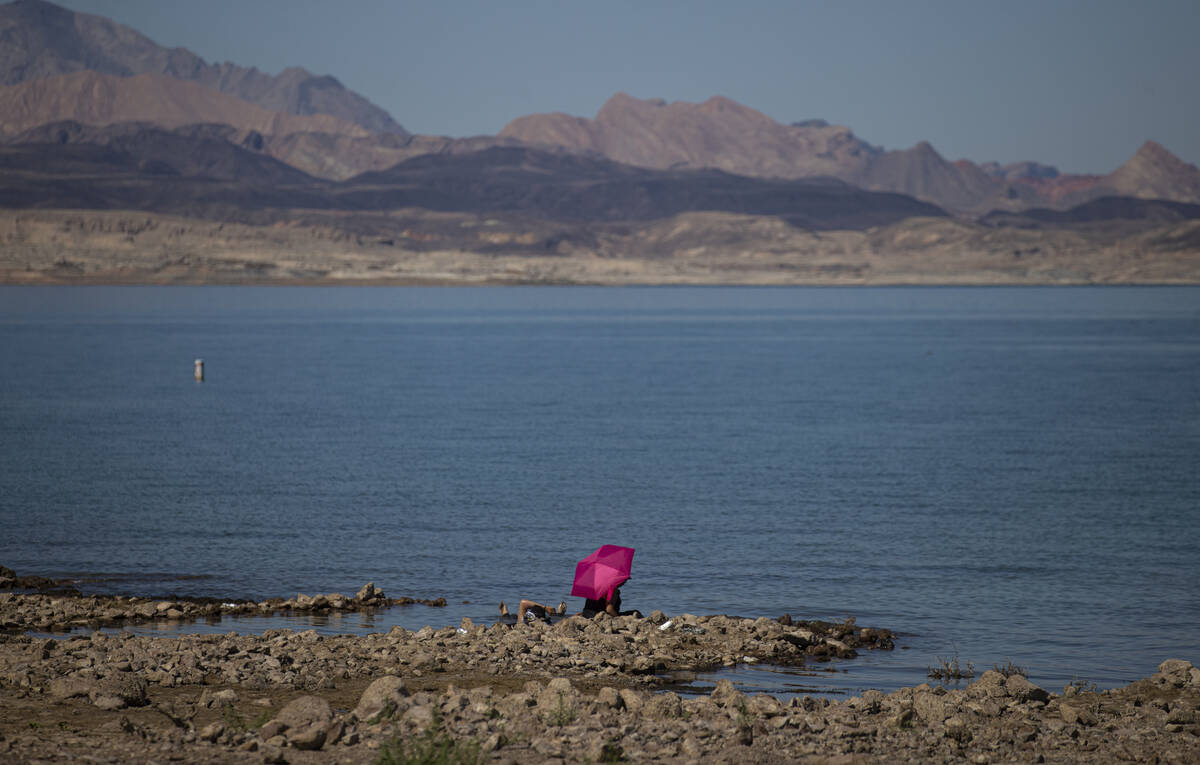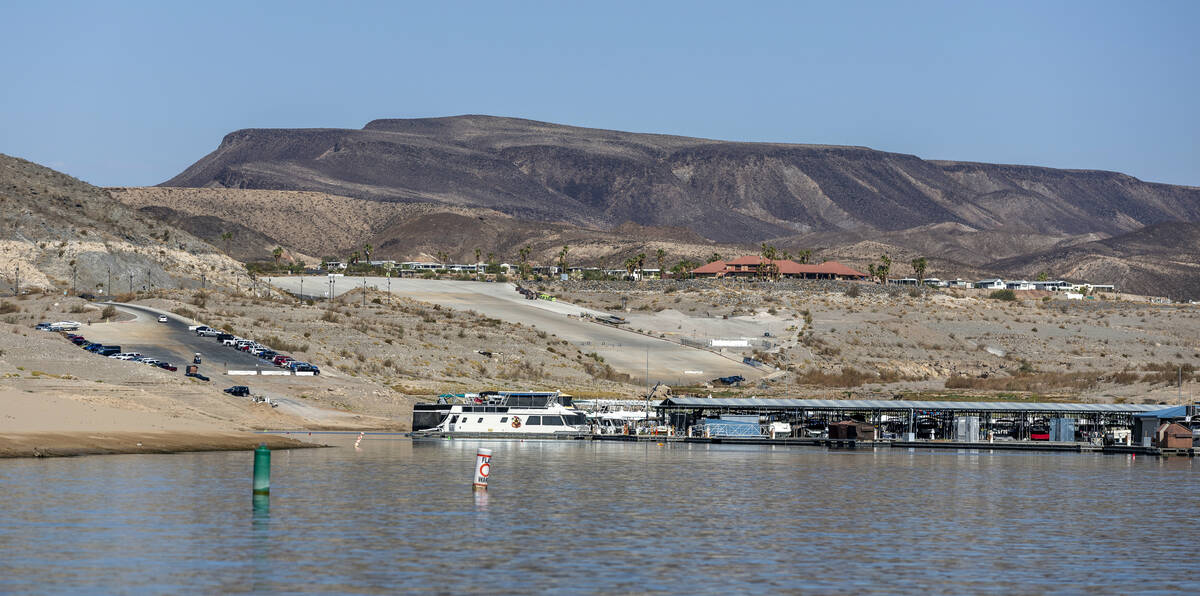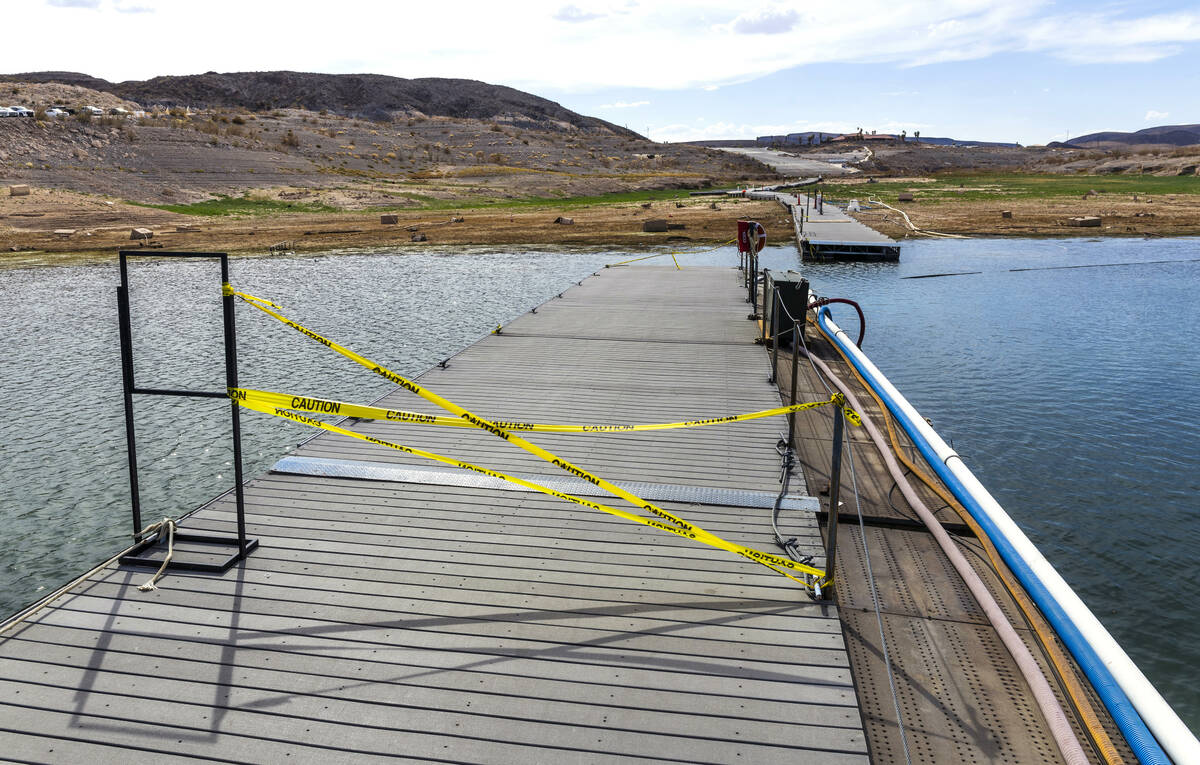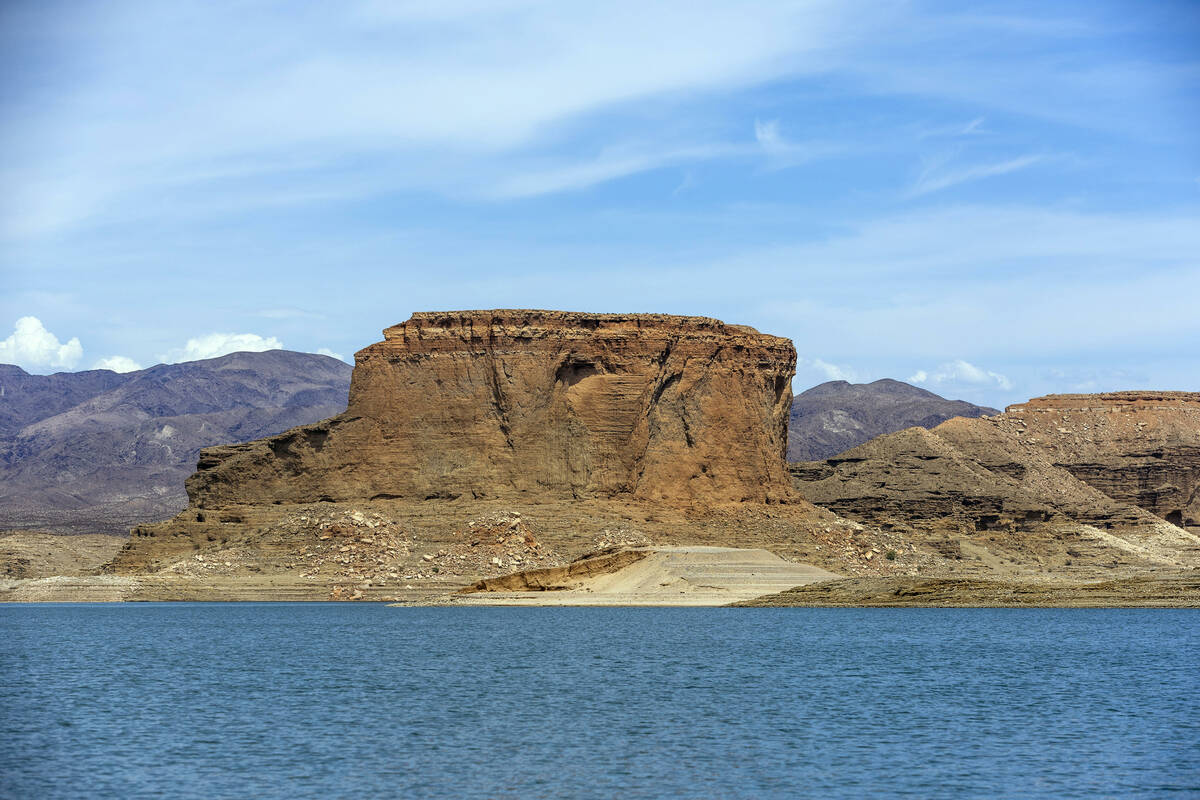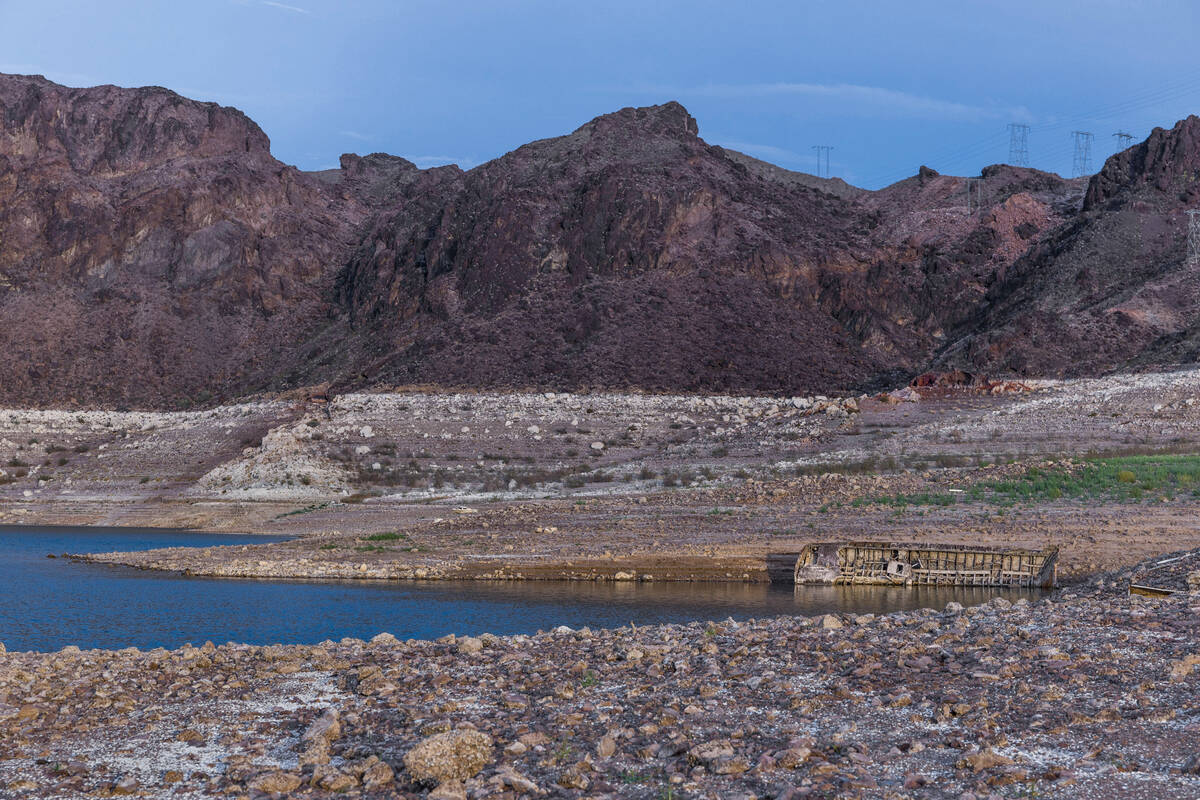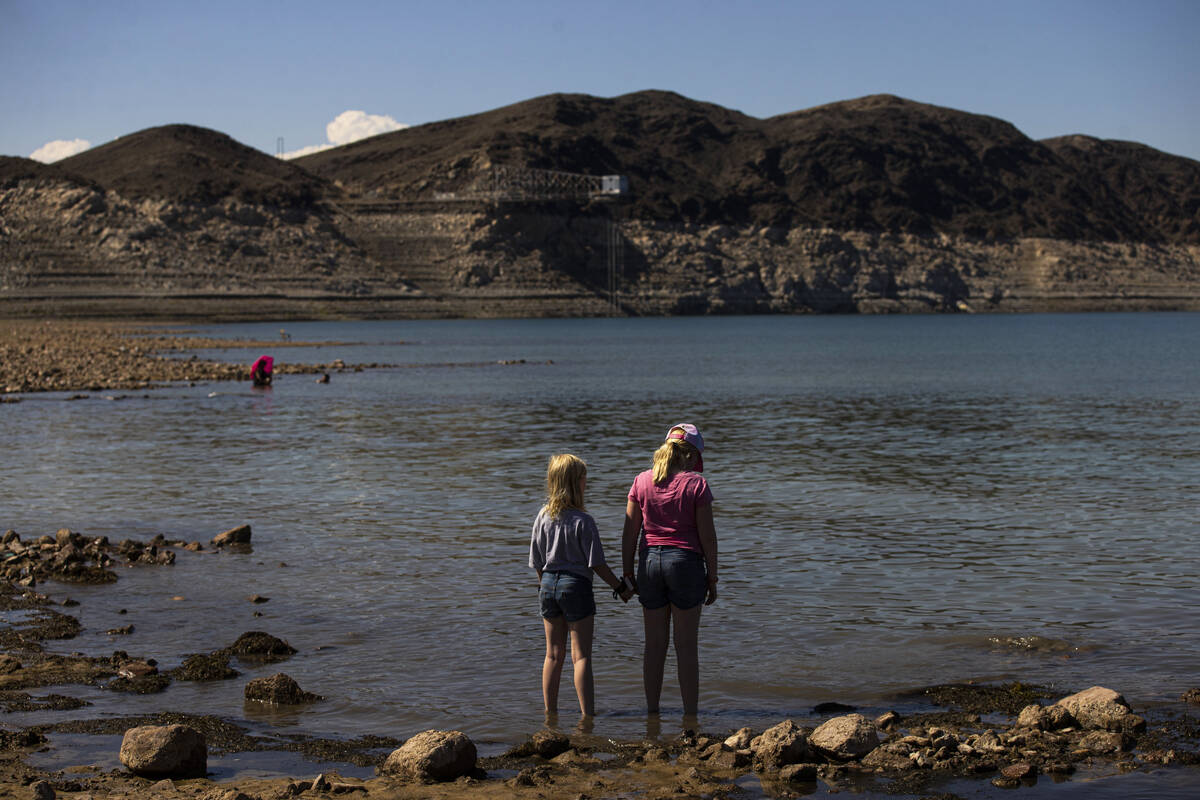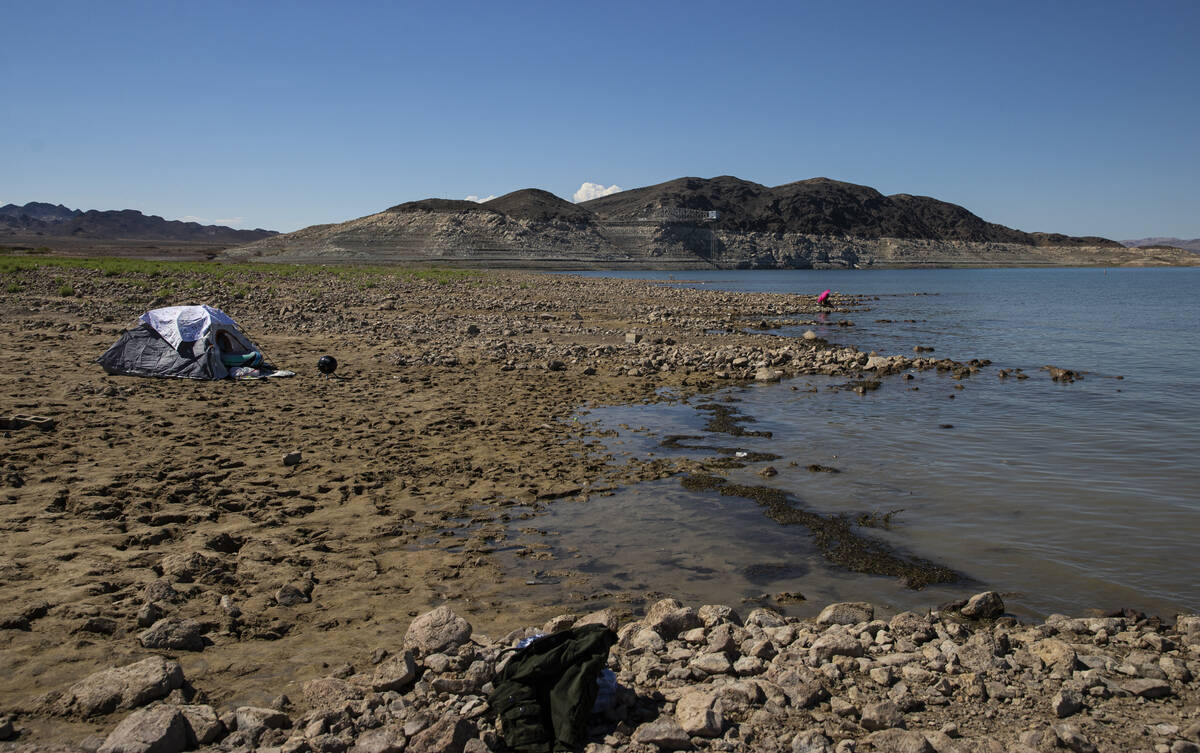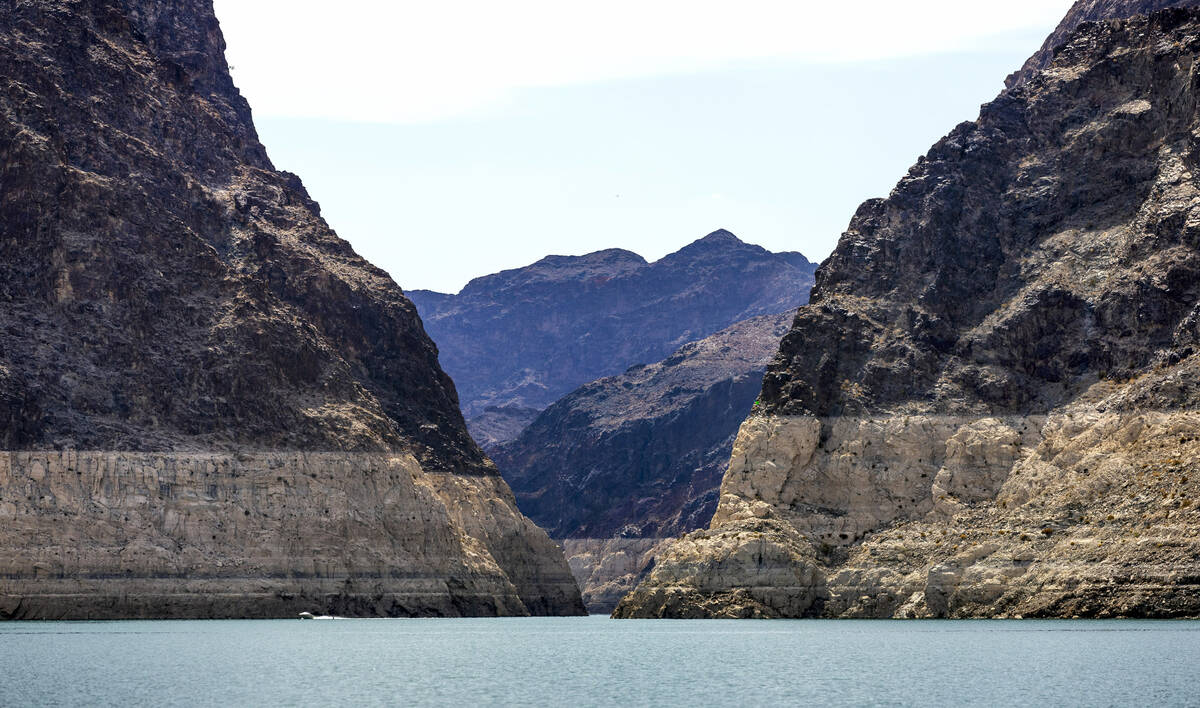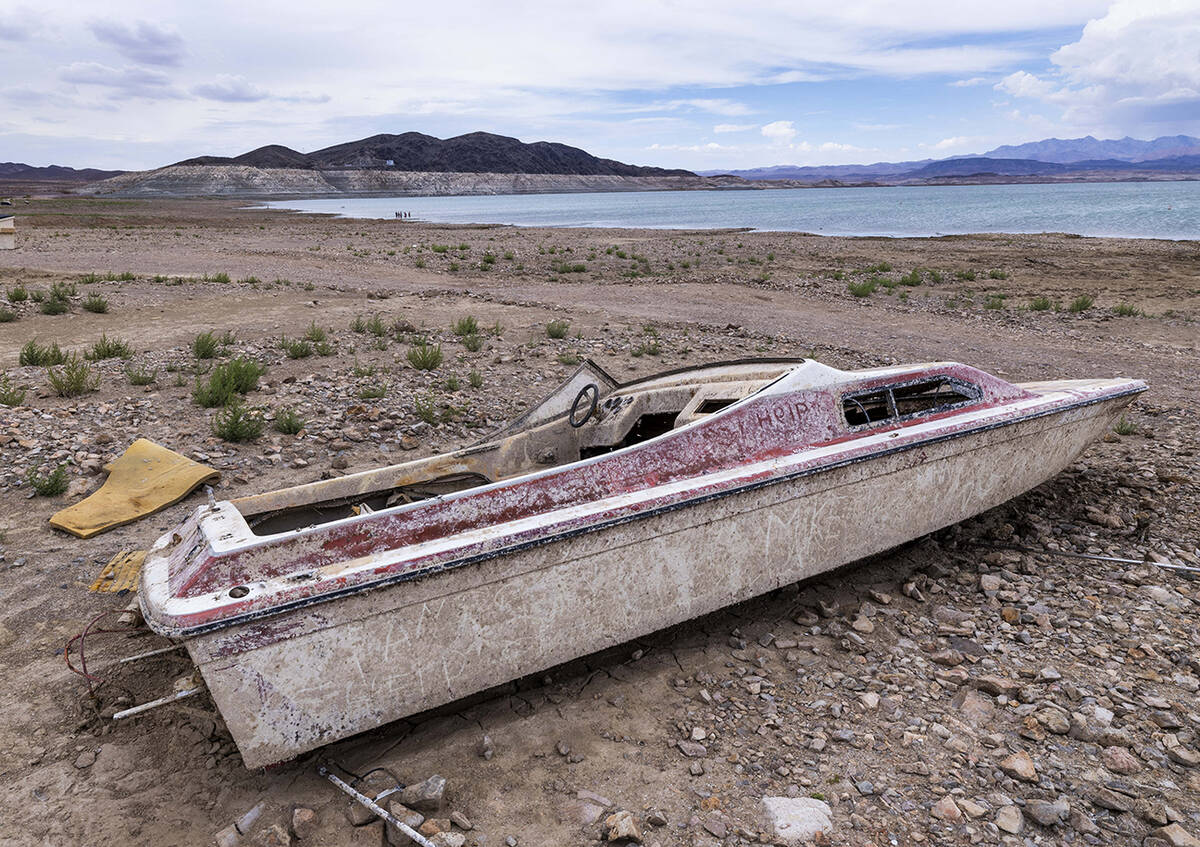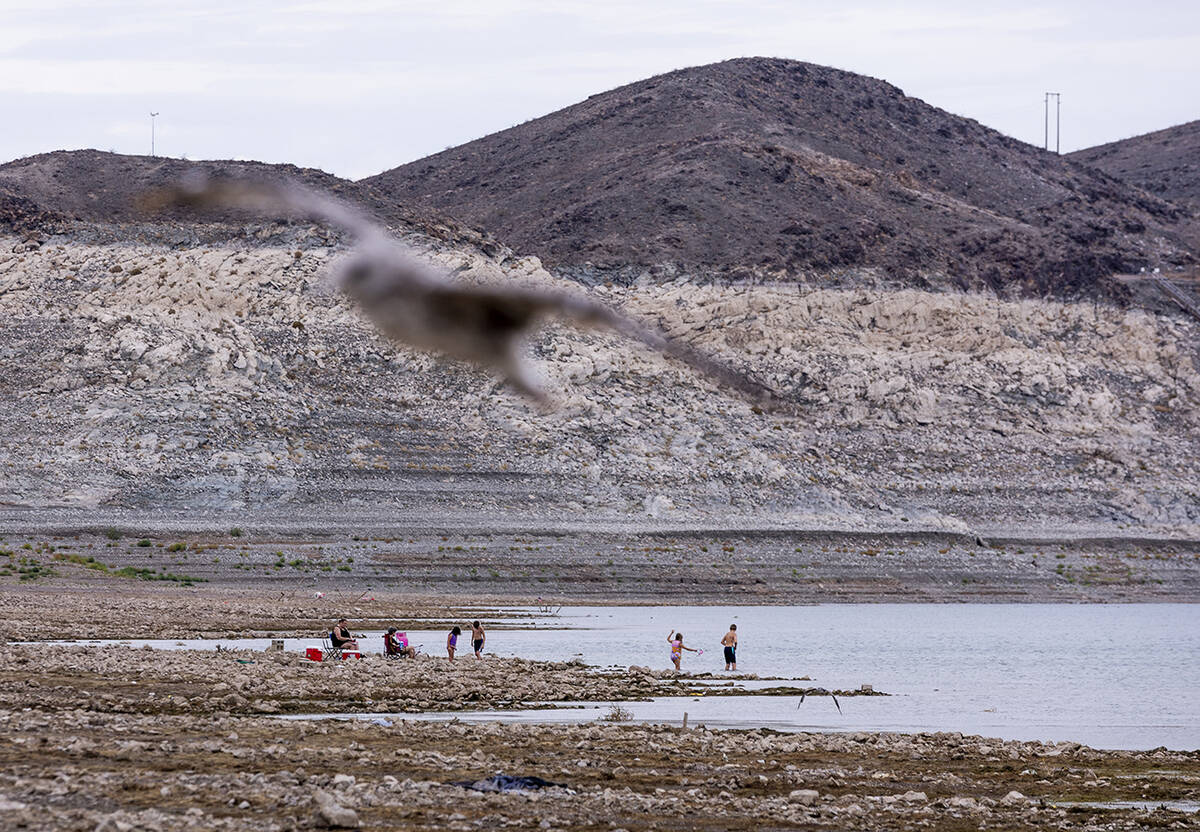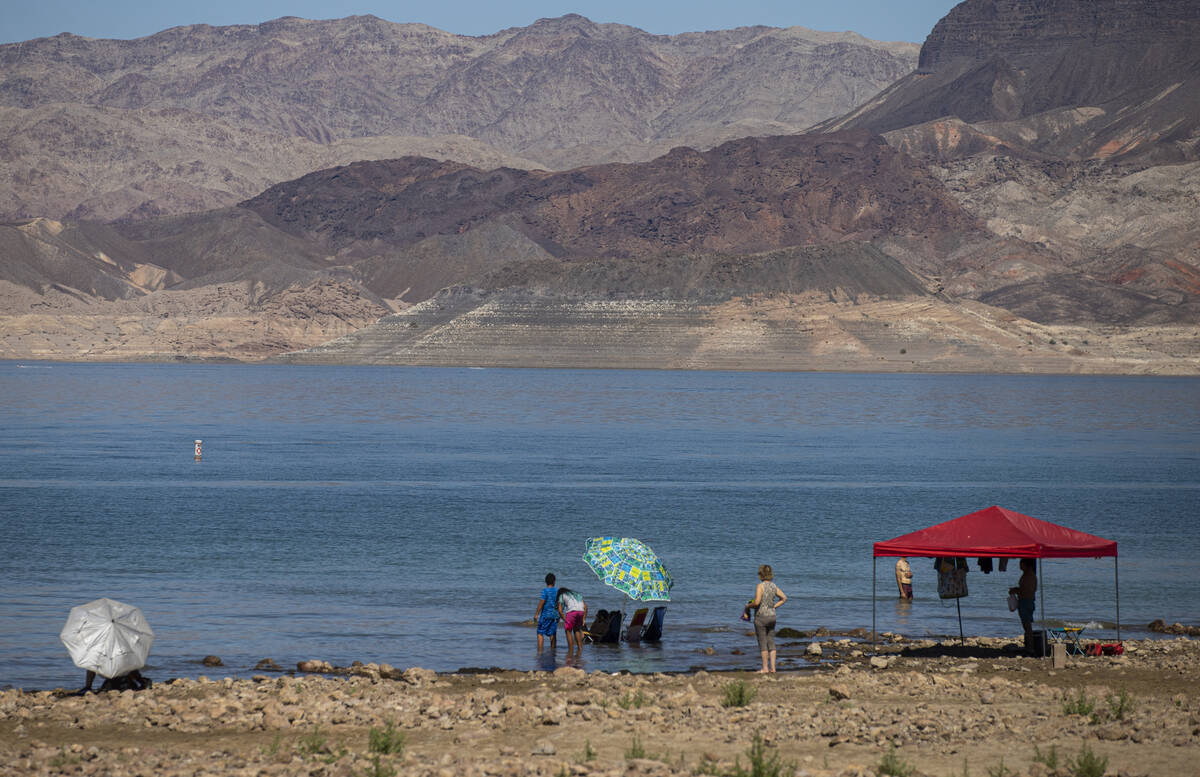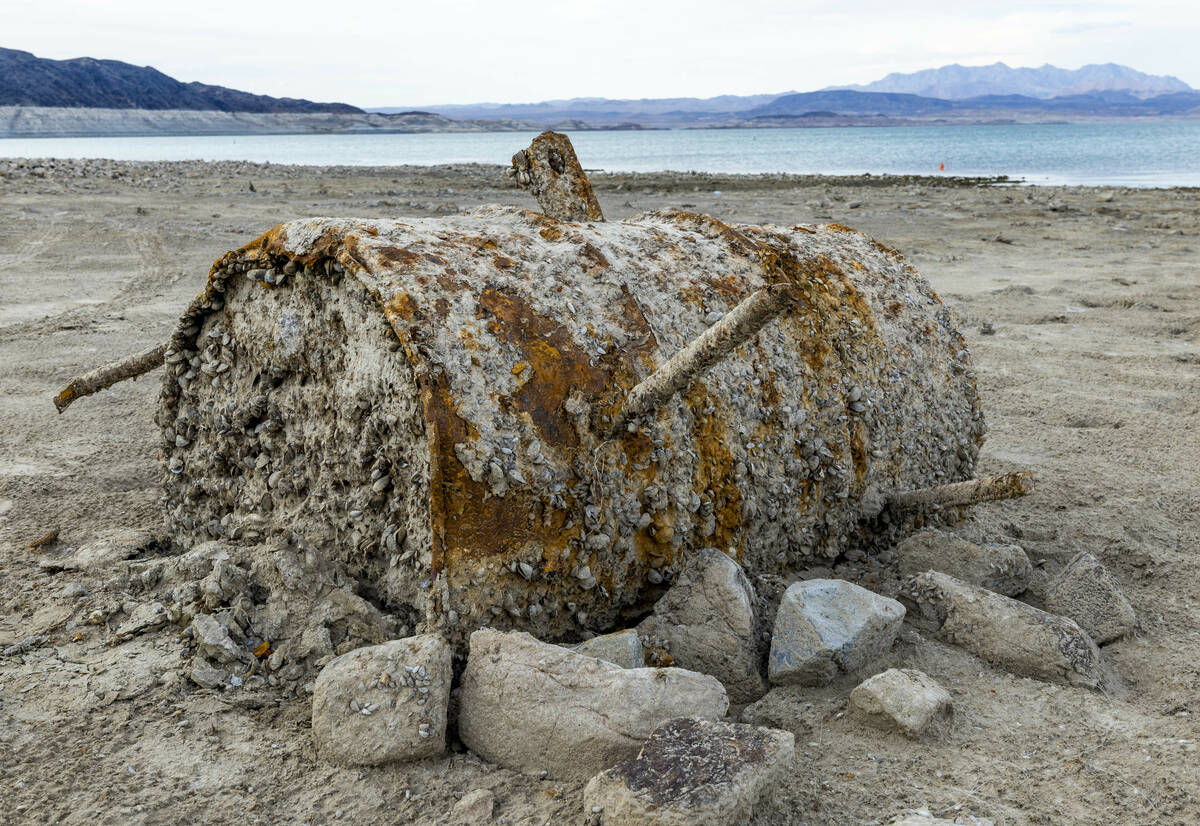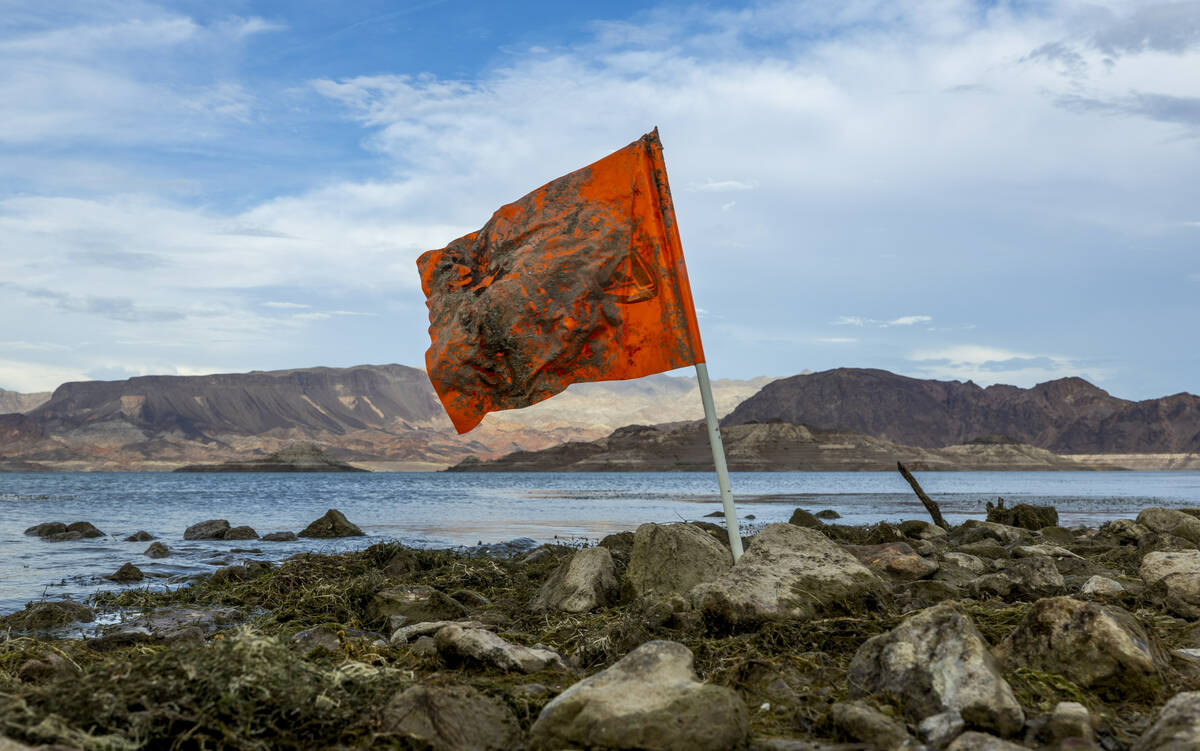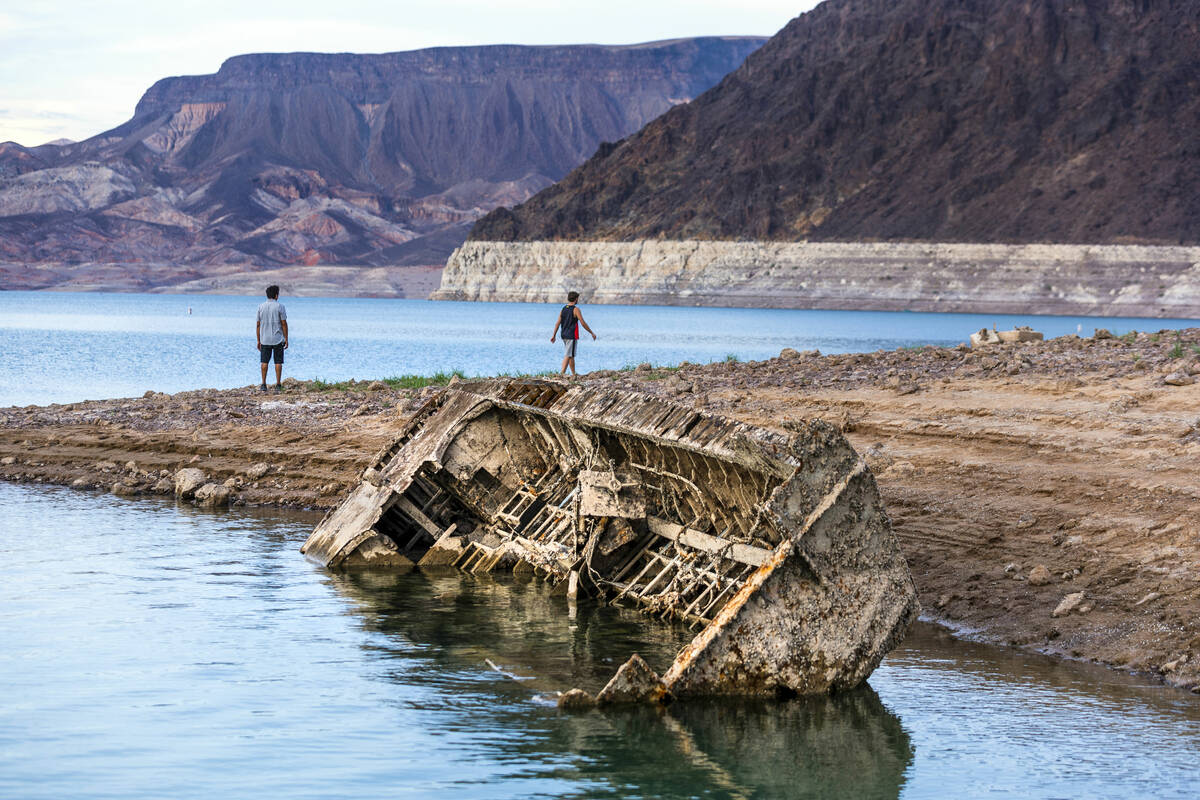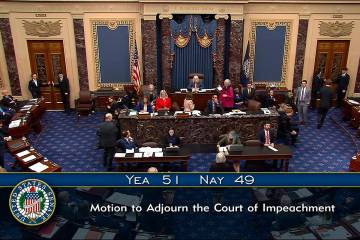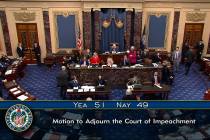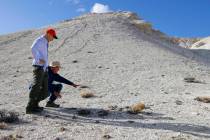SNWA chief criticizes inaction on Lake Mead water
Two months have come and gone since the federal government told the seven states that rely on the Colorado River to come up with drastic cuts to water use to protect critical levels at Lake Mead and Lake Powell.
But with no deal in sight between the states ahead of Monday’s deadline, the head of the Southern Nevada Water Authority is not mincing words in castigating what he called “unreasonable expectations” of water managers in the other states in the face of unprecedented drought conditions.
John Entsminger, general manager of the water authority and Nevada’s top Colorado River negotiator, sent a letter to Interior Secretary Deb Haaland and other officials within the Department of Interior criticizing the lack of progress made during negotiations over recent weeks.
“Despite the obvious urgency of the situation, the last sixty-two days produced exactly nothing in terms of meaningful collective action to help forestall the looming crisis,” Entsminger wrote. “The unreasonable expectations of water users, including the prices and drought profiteering proposals, only further divide common goals and interests. Through our collective inaction, the federal government, the basin states and every water user on the Colorado River is complicit in allowing the situation to reach this point.
“We are at the stage where basin-wide every drop counts, and every single drop we are short of achieving two to four million acre-feet in permanent reductions draws us a step closer to the catastrophic collapse of the system, as well as draconian water management practices to protect health and human safety that we have successfully staved off in the past through cooperation,” the letter says.
The letter comes two months after Bureau of Reclamation Commissioner Camille Touton told the seven Colorado River basin states — Nevada, California, Arizona, New Mexico, Utah, Colorado and Wyoming — to come up with a plan to use between 15 percent and 30 percent less water from the river next year, or risk the federal government deciding those cuts on its own.
Those talks have fueled growing tensions between the states, further exposing the political divides between the lower basin states of Nevada, Arizona and California, where most of the Colorado’s waters are consumed, and the upper basin states that have historically stayed below their legal entitlements.
Representatives from the basin states met in Denver on Thursday for last-minute negotiations, but those talks ended without any substantive agreements, Entsminger said in an interview Monday.
Proposed cuts fall short
Entsminger said the proposal with the largest impact that he saw on the table came out to less than 1 million acre-feet in cuts — a proposal he said wasn’t actually firm and yet was still far short of the 2 million to 4 million acre-feet that Reclamation is calling for.
“I feel like we never really got started in a meaningful way,” Entsminger said of the negotiations. “The entire two months between the commissioner’s Senate testimony and today, I didn’t see what I would consider any realistic proposals put on the table to help stabilize the system.”
The upper basin states — Wyoming, Colorado, Utah and New Mexico — submitted a plan to the federal government in mid-July, but that proposal contained no mandatory reductions in water use for those states.
Gene Shawcroft, chairman of Utah’s Colorado River Authority, told the Associated Press that the lower basin should take most of the cuts, and that the “direction we’ve been given as water purveyors is to make sure we have water for the future.”
Those stances have proved problematic to states in the lower basin that have already been forced to take cuts under previously agreed upon reductions based on Lake Mead’s falling levels and that are facing further water shortages next year. With talks stalled, Colorado River observers are expecting the tense situation to become even more rancorous.
“We’re in uncharted territory,” said Kyle Roerink, executive director of Great Basin Water Network. “Right now, nobody’s singing kumbaya. Everyone is sharpening their knives, and that makes this situation even that much more difficult.”
Roerink said the last week has made it clear that some entities believe they can get everything they want in the negotiations, but called that notion “a fool’s errand.”
Agricultural water use will need to be curtailed in both the upper and lower basin, Roerink said. And urban jurisdictions will need to work quickly to implement water conservation efforts similar to those that the Southern Nevada Water Authority has been doing for nearly a quarter century, such as turf removal programs and other water conservation efforts, he said.
“There’s going to have to be shared sacrifice on this,” Roerink said. “Until the Upper Basin commits to a more serious approach and some real contributions to stabilizing the system, we’re just going to be spinning our wheels.
Updated projections due
The Bureau of Reclamation is scheduled to hold a news conference Tuesday when it will present its updated two-year projections for water levels at Lake Mead and Lake Powell, projections that will determine further water allocation reductions for Nevada, California and Arizona. Officials are also expected to discuss the current negotiations between the states.
A two-decadeslong drought and continued overuse have plunged Lake Mead and Lake Powell to historic lows not seen since the reservoirs were first filled, and both now sit at just over one-quarter of their capacities.
“To the broader river community, I say this: The Law of Mass Balance dictates that the Colorado River cannot provide enough water for the current level of use. The magnitude of the problem is so large that every single water user in every single sector must contribute solutions to this problem regardless of the priority system,” Entsminger wrote in his letter.
He noted that Nevada, which receives the smallest allocation of the basin states, will leave about 65,000 acre-feet of water in Lake Mead this year that it is legally entitled to. He also highlighted the water authority’s plan to continue to reduce water consumption in Southern Nevada from 110 gallons per day per capita to 86 gallons by 2035.
“In absence of political will to forge collective action, Nevada will continue our efforts to ensure the security and sustainability of our community,” Entsminger wrote. “Our community has blazed the trail for urban conservation both nationally and internationally by reducing our consumptive use from the river by 26 percent while adding more than 750,000 people to our valley.”
Entsminger called on the federal government to take a more prominent role in the negotiations, and said in the letter that Haaland, of the Interior department, has the tools to prevent further declines at Mead and Powell.
He laid out 12 recommendations for the federal government that include modernizing water use criteria for the lower basin; creating basin-wide turf removal programs and increasing funds available for areas where those programs already exist; incentivizing the planting of crops that use less water; investing in water recycling and reuse programs; and accelerating funding to upgrade Glen Canyon Dam.
“Without active and aggressive federal leadership, the states have always wallowed,” he wrote. “Writing the next chapter will require each and every water manager to convince their elected officials and governing bodies that sacrificing something is the only way to save everything.”
Shared sacrifice
Even if a shared sacrifice does come to fruition, the bulk of the cuts will likely fall on California and Arizona and their respective agricultural districts given that it is where the bulk of the Colorado’s water goes.
The $4 billion in drought relief that is included in the Inflation Reduction Act, which President Biden is expected to sign Tuesday, will likely play a major role in those agriculture reductions. Much of that funding will likely go toward paying farmers to voluntarily reduce their water use by changing out their crops or fallowing their fields.
But the costs of such proposals that have been put forward, including one from Yuma farmers to take 925,000 acre-feet less of Colorado River water next year in exchange for $1.4 billion, or roughly $1,500 per acre-foot, are far above the going prices of water.
Entsminger told the Review-Journal that those irrigation district proposals would do little to address the long-term drought issues that the Colorado River system is facing.
“At those types of prices, you’re going to blow through all $4 billion and have accomplished nothing in terms of the long-term sustainability of the river,” Enstminger said. “Those $4 billion need to be spent on permanent water savings and protecting affected communities or it’s not going to make a meaningful difference.”
Contact Colton Lochhead at clochhead@reviewjournal.com. Follow @ColtonLochhead on Twitter.



